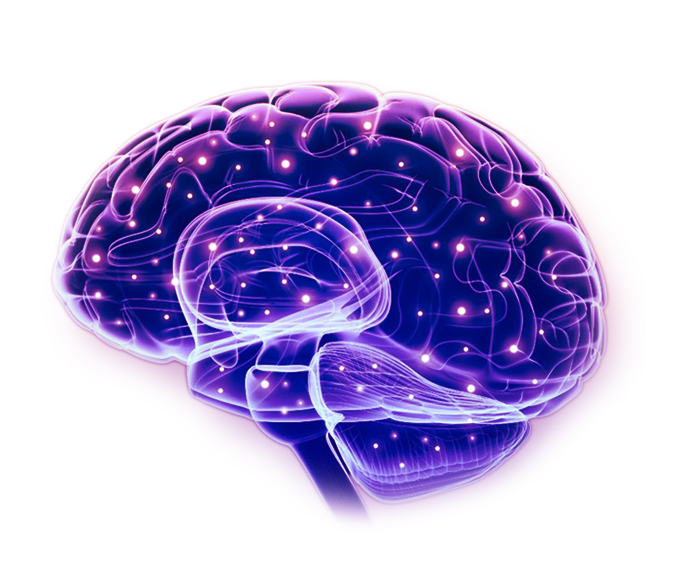

Epilepsy is a central nervous system (neurological) disorder in which brain activity becomes abnormal causing seizures. Epilepsy is underreported in Pakistan as it is associated with substantial social stigma. According to a study done in Pakistan, Childhood epilepsy was found in 7/1000 in rural and urban residents. Up to 66% of epileptic patients were being treated by unqualified persons including paramedics and faith healers. The huge treatment gap of about 88% indicates an urgent need for establishing a Childhood Epilepsy Helpline to provide necessary information about the management of epileptic children and available resources.



